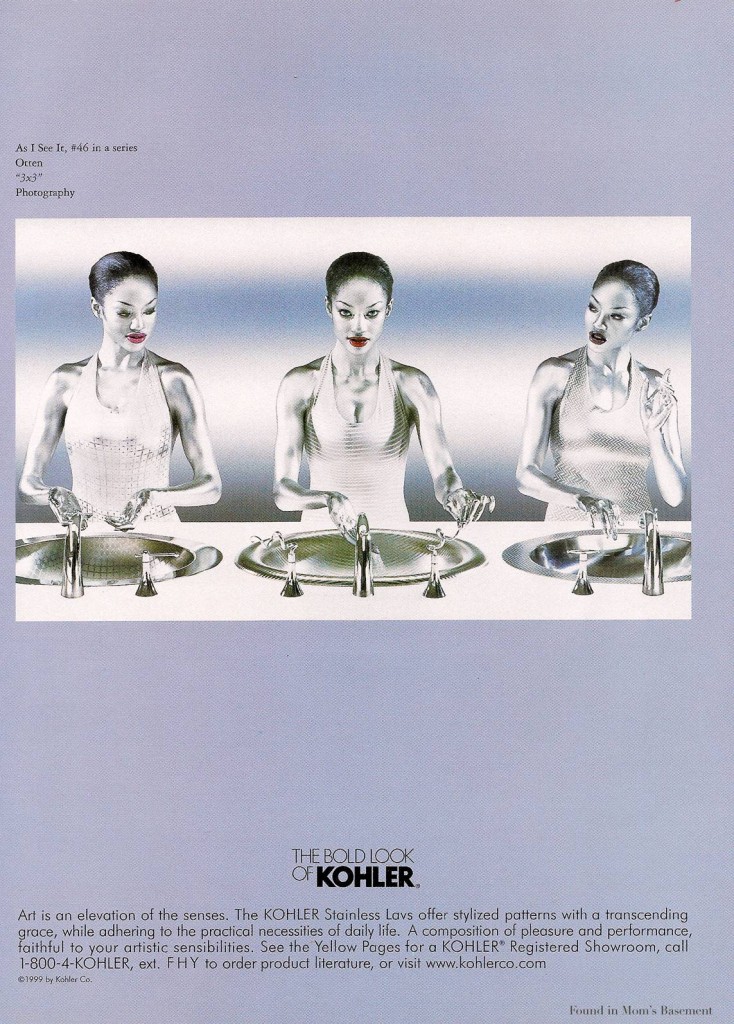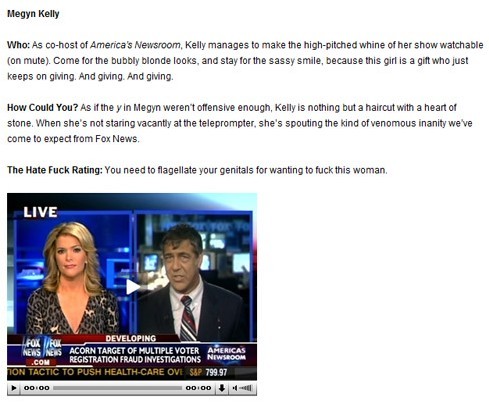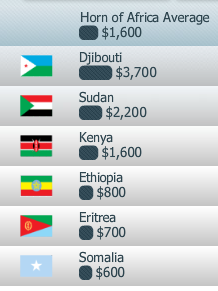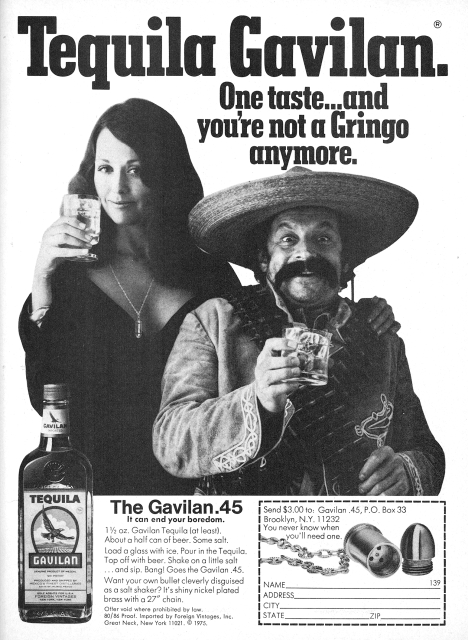Depending on who you ask, the cash-for-clunkers program was a huge success or a huge failure, given that the demand was so enormous that it ran out of vouchers almost immediately. It’s almost as if fuel efficiency is finally starting to matter to the U.S. consumer after a decade or so of SUV-worship. However, this vintage ad for Volkswagen bus reveals that this is not the first time that U.S. car buyers have been concerned about efficiency:

Text:
The special paint job is to make it perfectly clear that our Station Wagon is only 9 inches longer than our Sedan.
Yet it carries almost 1 ton of anything you like. (Almost twice as much as you can get into wagons that are 4 feet longer.)
Or eight solid citizens, with luggage.
Or countless kids, with kid stuff.
The things you never think about are worth thinking about, too.
You never worry about freezing or boiling, the rear engine is air-cooled.
You can expect about 24 miles per gallon and about 30,000 miles on your tires.
And you can forget about going out of style next year, next year’s model will look the same.
The most expensive VW Station Wagon costs $2,655. It comes in red and white or gray and white or green and white.
And you won’t ever have to go around painting sedans on it to show how small it is.
Just Park.
Via Copyranter.
See also this ad for Volvo from 1974.
—————————
Lisa Wade is a professor of sociology at Occidental College. You can follow her on Twitter and Facebook.










